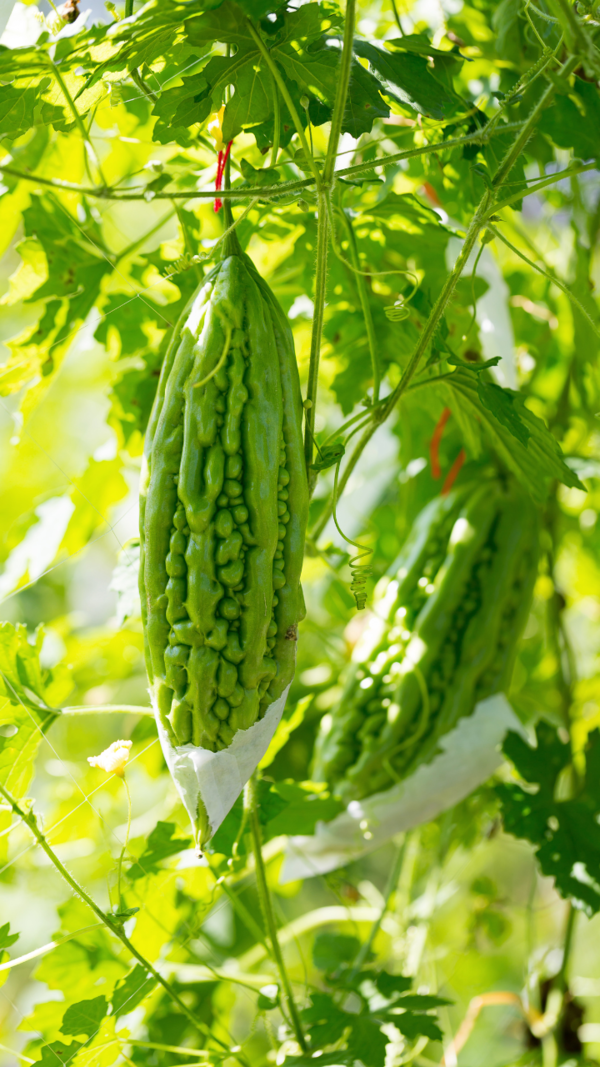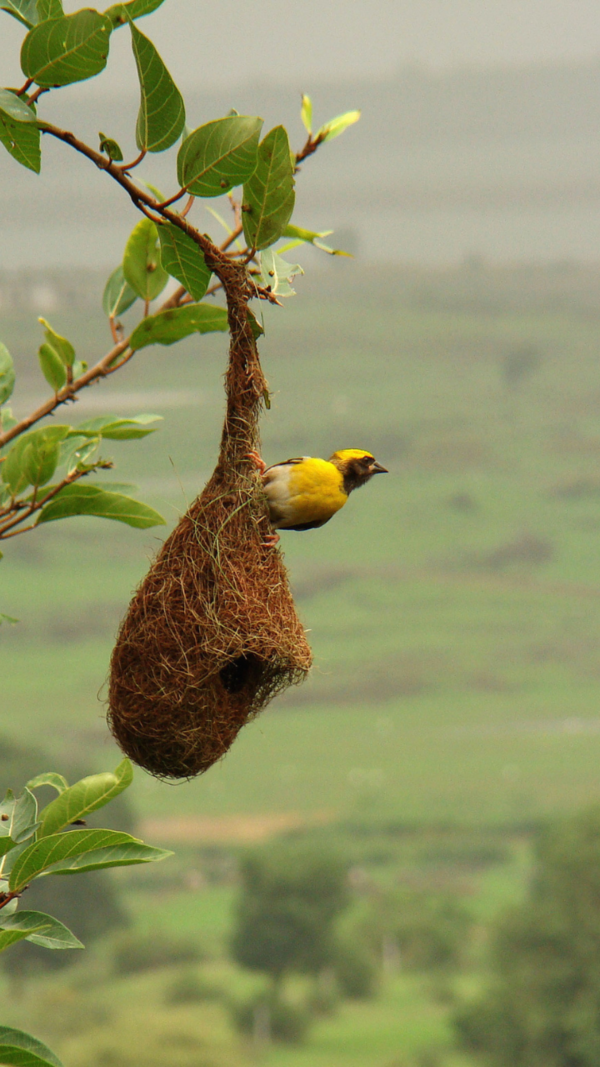In a culinary workshop titled
Thakurbarir Ranna at KCC, chef Subhajit Bhattacharyya stirred up four forgotten vegetarian delicacies from the famed Thakurbari kitchens of Kolkata. Home to cultural icons like Rabindranath Tagore and Abanindranath Tagore, the Thakurbari was not just a cradle of art and literature but also a melting pot of gastronomic innovation. Marrying traditional Bengali ingredients with refined Western techniques, the family’s kitchen gave birth to a unique genre of cooking – elegant, experimental, and way ahead of its time. Subhajit, who also runs a YouTube channel named Lost and Rare recipes, breathed new life into heritage recipes at the workshop.
“Thakurbari was far ahead of its time – that was simply their ethos,” says Subhajit, as he delves into the fascinating culinary legacy of Kolkata’s most culturally influential family. “Back then, many Bengali households wouldn’t even allow chicken in their kitchens, but at Thakurbari, it was a part of their regular fare. In Pragyasundari Devi’s cookbook, you’ll even find recipes using pork. They cooked turtle meat and other such ingredients as well.”

The workshop in progress
But it wasn’t just about what they cooked; rather it was about how they cooked it. “The Tagores used many ingredients and techniques that were unheard of in most Bengali homes of that era. Take tomatoes, for example – people used to call them
bilati begun back then. The Thakurbari kitchen embraced them fully. Dishes like pies, puffs, and pastries were commonly made and enjoyed,” he adds.

Tok ar Mishti Doi diye Aloor Dum
Subhajit, who is also an advertising expert, adds that even dining habits reflected this refined fusion of East and West. “Rabindranath Tagore himself would have dinner served with proper crockery and cutlery. At a time when most homes hadn’t even heard of sauces, you’ll find the usage of sauce in fish dishes, in Purnima Devi’s writings,” he says.

Thor diye Chaal
As he spoke, Subhajit brought the legacy alive through action—demonstrating four exquisite vegetarian recipes from the Thakurbari kitchen –
Thor diye Chaal,
Tok ar Mishti Doi diye Aloor Dum,
Beguner Jhaal Posto and
Lau-er Halwa. The live cooking session, part of a culinary workshop on Thakurbarir
ranna, had the audience rapt as they witnessed how age-old techniques and colonial influences came together in these timeless dishes.
“There are dishes from the Thakurbari kitchen that have almost vanished today, like the steamed eggs with prawns,” says chef Subhajit Bhattacharyya, recalling one of the many forgotten gems from the Tagore family's culinary archive. “It’s such a simple preparation, made with ginger, finely chopped onions, and coriander leaves. They even used vinegar in those days – a legacy of Portuguese influence in India.”

Beguner Jhaal Posto
Yet, he is quick to point out that these recipes are not truly lost. “They might not be seen on our tables anymore, but they haven’t disappeared entirely. The women of Thakurbari such as Pragyasundari Devi, Purnima Devi, and even works of renowned author and activist Mahasweta Devi, were meticulous in documenting their recipes. Thanks to them, we still have access to this incredible heritage.”

Lau-er Halwa
Subhajit also spoke of the now-rare
padma luchir payesh – deep-fried fritters made with coconut and
khowa, shaped like lotus flowers, fried in ghee, and then soaked in a milk-based dessert. “Even the name is exquisite,” he smiles, “and yet, such delicacies are nearly unheard of today.”














